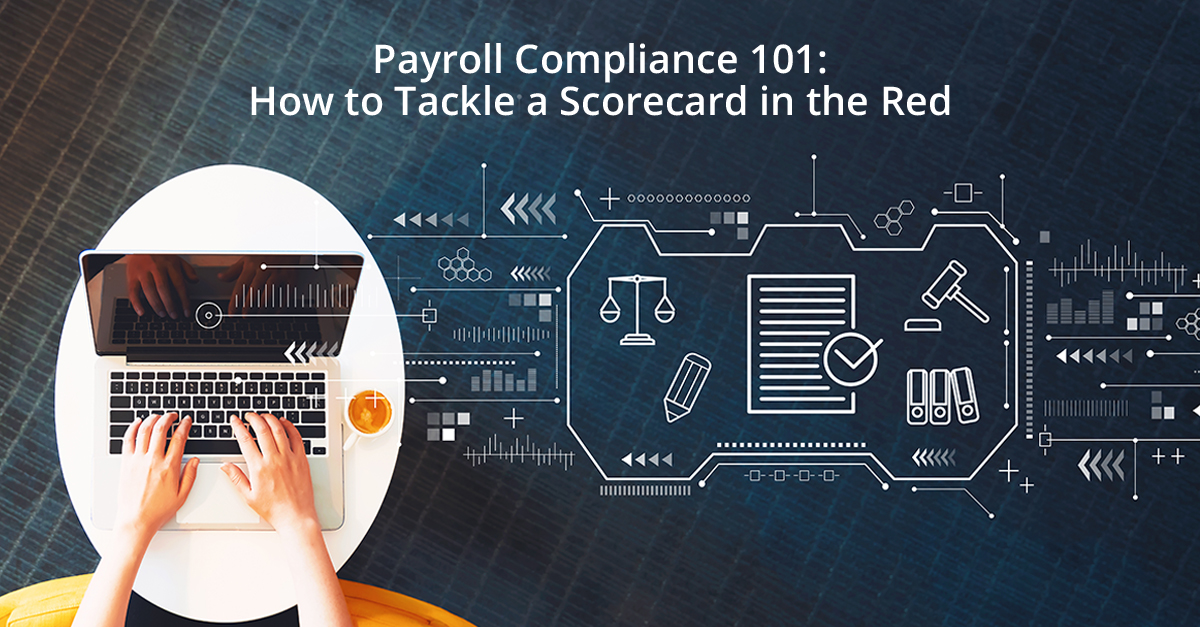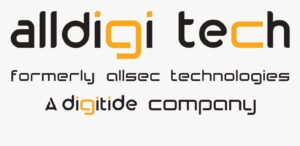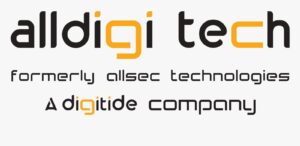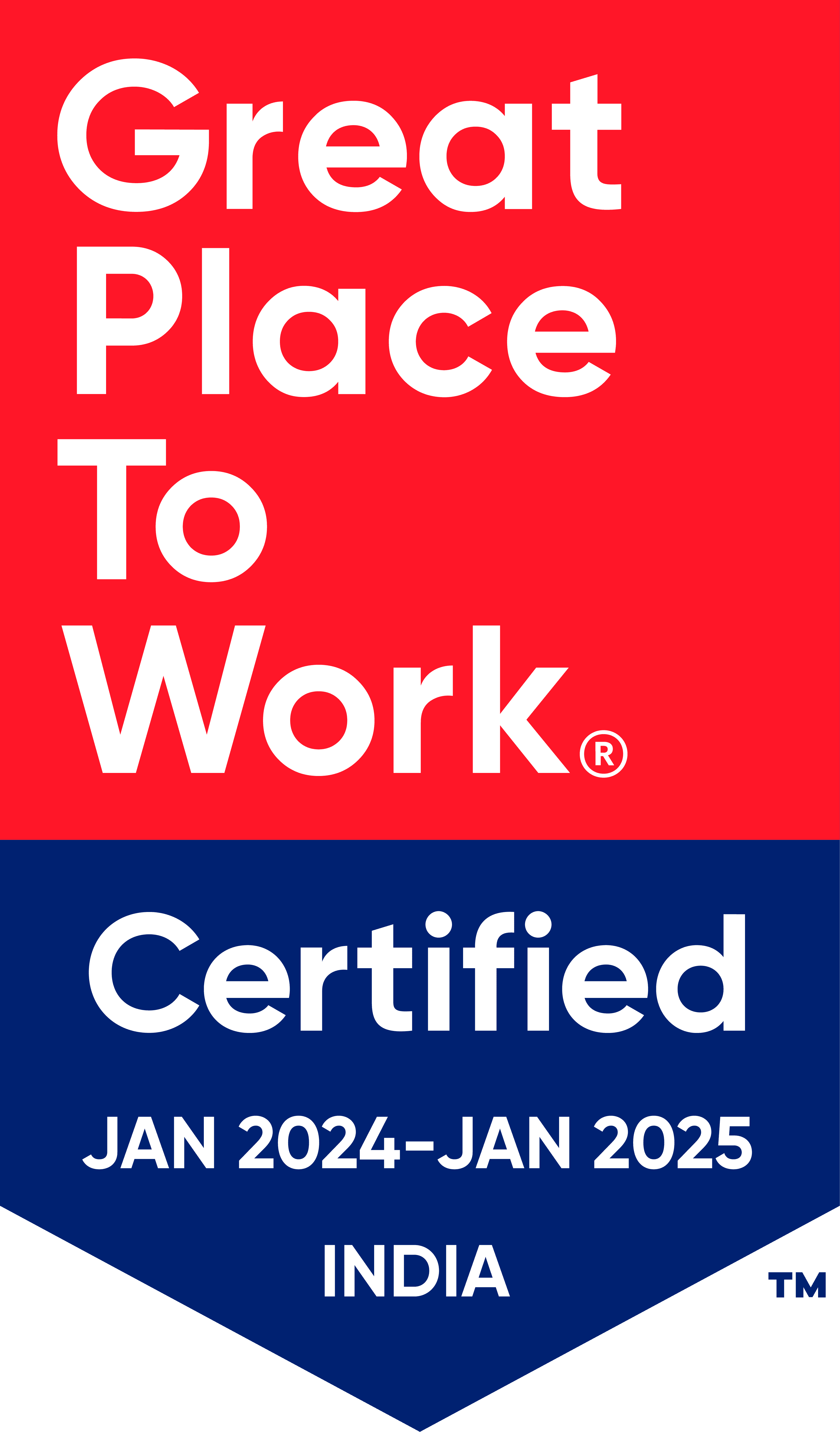
Payroll Compliance 101: How to Tackle a Scorecard in the Red
Historically, payroll has been considered a low-risk organizational function due to its simple objective – compensating workers promptly. With time, evolving labour laws have increased complexity, and payroll compliance has become a key area of concern for many organizations.
Globally, payroll taxes are one of the largest sources of government income, leading to harsh penalties against those who don’t conform. The financial and reputational consequences of a compliance slipup can cost an organization heavily.
Unpaid taxes or charges can accrue interest, further increasing the financial burden for a company. Apart from tax, payroll and statutory compliance also entail secure documentation of information, calculation of employee work hours, accurate and timely compensation of employees, and auditing.
All these reasons combined make payroll a critical process for all organizations, whether small or large. Adhering to these rules results in satisfied employees and consequently, lower attrition rates, thereby leading to better cost-effectiveness.
Compliance Scorecards
One way to ensure that payroll practices are in line with regulatory requirements is to have a compliance scorecard. A balanced scorecard will measure a company’s practices against a list of indicators to ascertain whether the organization is on the right track. Indicators may include adherence to existing laws, capacity to adapt to changes, level of automation for each process, salary/wages processing time, and effective data updates, among others.
There are very few payroll outsourcing services that can provide scorecards to keep track of an organization’s compliance processes and management. This can help monitor, measure, as well as fix any deviations in payroll compliance.
Scorecards measure not just actual deviations but also potential risks in real-time. This improves the chances of spotting anomalies sooner, helping plug any crisis before it blows up. Compliance scorecards can also be tailored to suit specific requirements for a company.
Using a scorecard, organizations can create a compliance strategy, measure cause, and effect relationships, and prove adherence to the law more easily to auditors.
Umbrella Services
Instead of relying on separate systems for payroll services, and other human resource or finance systems, adopting an integrated solution, whether in-house or via a third-party payroll outsourcing service, can make the process more seamless.
An umbrella solution can speed up payroll processes because it combines many of the required inputs, as well as outputs for the function, to be directed through HR/ finance teams through one system. This will also break up silos and increase data security, as confidential information will no longer need to be disseminated through non-secure channels like email or chat.
Reduction in duplication of effort, automatic updates of information across multiple systems, and easy access to data under one roof will not only improve efficiency but also reduce administrative costs.
What to look for
While choosing a service, it is also important to ensure that the solution provides a coherent technological strategy that can navigate any regulatory change. The idea is to find an HR and payroll solution that provides an end-to-end package for all needs.
A holistic framework will integrate HR Management Software and payroll processes, monitor compliance from initial stages, and sound-off alarms with appropriate solutions even before the risk threshold are breached.
Alldigi’s Payroll and Compliance Management solutions, equipped with intelligent automated processes and digitization, is built to deal with complex payroll or HR scenarios. Flexible payroll management systems allow for organizations to customize their requirements for an employee- and regulatory-friendly compliance system that will also be cost-effective.



